Drawing the Human Body: A Complete Guide
Welcome to your ultimate guide on drawing the human body! Whether you're a seasoned artist looking to refine your skills or a curious beginner eager to learn, this guide is designed to equip you with essential techniques and tips. Drawing the human figure can seem daunting at first, but with the right approach, you can master this art form and create stunning representations of the human body.
In this guide, we will explore various aspects of human anatomy, proportions, and poses. Understanding these elements will not only enhance your drawing skills but also allow you to infuse life and emotion into your artwork. Think of this journey as learning to dance; at first, the steps may feel awkward, but with practice, you'll find your rhythm and grace.
As we dive deeper into the world of human anatomy, we'll break down complex concepts into digestible pieces. From the skeletal structure that provides the framework to the muscular system that brings movement to life, every detail matters. You'll learn how to observe and replicate these features accurately, much like a sculptor chiseling away at a block of marble to reveal the masterpiece within.
Additionally, we'll cover dynamic poses and how to capture movement effectively. Imagine the thrill of illustrating a dancer mid-leap or an athlete in full stride. These moments of action require a keen understanding of balance and motion, which we'll explore in detail. Remember, the human body is not just a collection of shapes; it's a dynamic entity that tells a story through its form and movement.
So, grab your sketchbook and pencils, and get ready to embark on this artistic adventure! By the end of this guide, you'll have the tools and confidence to create realistic and engaging drawings of the human body. Let's get started!
Proportions are crucial in drawing the human body accurately. This section explores the basic measurements and ratios that define human figures, helping artists create realistic representations. Understanding proportions is akin to knowing the rules of a game; once you grasp them, you can begin to play and even bend the rules creatively.
A solid understanding of human anatomy is vital for drawing. This part delves into the skeletal and muscular systems, providing insights into how they influence form and movement. Think of anatomy as the blueprint of a building; without it, your structures may crumble or look out of place.
Focusing on major muscle groups enhances the realism of your drawings. Learn about the key muscles and their functions to depict dynamic poses effectively. Understanding how muscles work together is like knowing the instruments in an orchestra; each plays a role in creating a harmonious performance.
Surface anatomy involves understanding how muscles and bones appear beneath the skin. This section guides artists in recognizing these features to create more lifelike figures. Imagine peeling back the layers of an onion; the more you understand what lies beneath, the more depth and texture you can bring to your drawings.
Exploring joint functionality is essential for capturing movement. This subsection discusses how joints work and their impact on body poses, aiding in dynamic illustrations. Joints are the hinges of our body, allowing for flexibility and movement. Understanding their mechanics is like mastering the gears of a clock; everything needs to work in sync for the whole to function smoothly.
Effective sketching techniques lay the foundation for detailed drawings. This section introduces various methods to capture the essence of the human figure quickly and accurately. Think of sketching as a warm-up exercise; it prepares you for the more intricate work ahead. Techniques like contour drawing and gesture sketches can help you loosen up and get into the flow of creativity.
Capturing dynamic poses adds life to your drawings. This part focuses on the principles of movement and balance, helping artists create engaging and energetic figures. Just as a photograph captures a moment in time, your drawings can convey motion and emotion, making them come alive on the page.
Gesture drawing emphasizes the fluidity of movement. This subsection explains how to practice quick sketches to capture the essence of a pose in a short time. It’s like catching a fleeting glance of a sunset; you have to be quick and precise to capture its beauty before it fades.
Foreshortening is a technique that creates the illusion of depth. This section teaches artists how to apply this method effectively to enhance perspective in their drawings. Imagine looking at a long road that seems to narrow as it stretches into the distance; foreshortening allows you to replicate that sense of depth and dimension in your artwork.
- What materials do I need to start drawing the human body? You can start with basic materials like pencils, erasers, and sketch paper. As you progress, you might explore charcoal, ink, or digital tools.
- How long does it take to learn to draw the human body? The timeline varies for everyone. With consistent practice, you can see improvement in a few months, but mastery may take years.
- Are there any resources you recommend for learning anatomy? Yes! There are many online courses, books, and anatomy apps that can help you study human anatomy effectively.
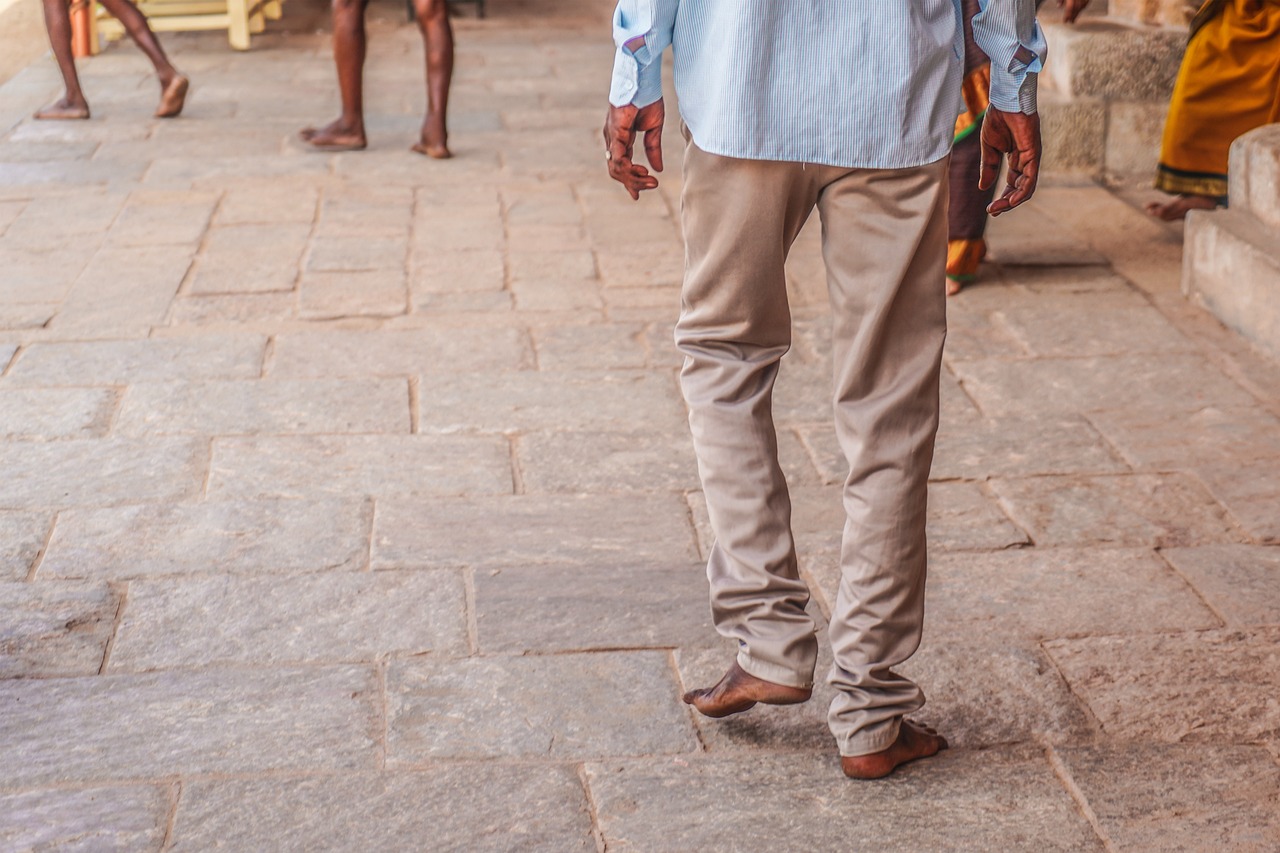
Understanding Proportions
When it comes to drawing the human body, proportions are your best friend. Imagine trying to build a house without a blueprint; that’s what drawing without understanding proportions feels like. Proportions are the relationships between different parts of the body, and mastering them is crucial for any artist who wants to create lifelike representations. Without the right proportions, even the most detailed drawing can look off-balance or unnatural.
So, what exactly do we mean by proportions? In the simplest terms, it refers to the measurements and ratios that define the human figure. A typical adult human body can be divided into eight equal parts, with each part representing a specific section of the body. For instance:
| Body Part | Proportion (in heads) |
|---|---|
| Head | 1 |
| Neck | 1/2 |
| Torso | 2 |
| Legs | 4 |
| Feet | 1 |
This table illustrates how the human body can be broken down into manageable sections. By understanding these proportions, you can start to sketch the human figure more accurately. It’s like having a roadmap; once you know where everything fits, you can navigate your way through the complexities of the human form.
But wait, there’s more! Proportions can also vary significantly depending on the age and physique of the person you’re drawing. For example, children have different proportions than adults, typically being around six heads tall instead of eight. This means that as an artist, you need to be adaptable and aware of these differences. Here’s a quick breakdown:
- Children: Approximately 6 heads tall
- Teenagers: About 7 heads tall
- Adults: Typically 8 heads tall
- Tall individuals: May reach 9 heads tall
Understanding these variations is key to creating realistic figures. Think of it like tailoring a suit; you wouldn’t use the same measurements for everyone, right? Each individual has their unique proportions, and recognizing this will help you capture the essence of your subject.
Another essential aspect of proportions is the concept of symmetry. The human body is generally symmetrical, meaning that if you were to draw a line down the center, both sides would mirror each other. However, it’s important to note that perfect symmetry is rare in real life. Most people have slight asymmetries, and embracing these imperfections can add character and realism to your drawings.
In conclusion, mastering proportions is an ongoing journey for any artist. It involves a combination of observation, practice, and a willingness to learn. Whether you’re sketching a quick figure or creating a detailed portrait, keeping proportions in mind will dramatically enhance the quality of your work. So grab your sketchbook, and start practicing! Remember, every great artist started with the basics, and understanding proportions is the first step toward mastering the art of drawing the human body.
Q1: How can I improve my understanding of proportions?
A1: Practice is key! Try drawing from life or using reference images. Pay close attention to the relationships between different body parts.
Q2: Are there any tools that can help with proportions?
A2: Yes! Many artists use a proportional divider or a grid system to help maintain correct proportions in their drawings.
Q3: How do proportions differ in various body types?
A3: Different body types can have unique proportions. For instance, athletes may have longer limbs compared to individuals with a stockier build. Always observe and adjust accordingly!

Anatomy Basics
Understanding human anatomy is not just a technical skill; it's an essential part of becoming a proficient artist. When you grasp the intricacies of the human body, you unlock the ability to create lifelike representations that resonate with viewers. Anatomy can seem daunting at first, but breaking it down into manageable parts can make it much more approachable. Think of it like piecing together a puzzle—each section fits together to form a complete picture.
The human body consists of two primary systems that every artist should familiarize themselves with: the skeletal system and the muscular system. The skeletal system provides the framework for the body, while the muscular system is responsible for movement. Understanding how these systems interact is crucial for artists aiming to depict figures accurately. For instance, when you know where the bones are located, you can better understand how muscles wrap around them and how they influence the body’s shape and movement.
| Skeletal System | Muscular System |
|---|---|
| Consists of 206 bones | Over 600 muscles |
| Provides structure and support | Facilitates movement |
| Protects vital organs | Maintains posture |
As you delve deeper into anatomy, you'll encounter the concept of muscle groups. These are clusters of muscles that work together to perform specific movements. For instance, the quadriceps at the front of the thigh are responsible for extending the knee, while the hamstrings at the back allow for bending the knee. By focusing on these major muscle groups, you can enhance the realism of your drawings. It's like having a cheat sheet for understanding how the body moves and functions!
Surface anatomy is another vital aspect to consider. It involves recognizing how muscles and bones appear beneath the skin. When you're sketching, being aware of these surface features can help you create more lifelike figures. For example, the way the biceps bulge or how the collarbone protrudes can significantly impact the overall look of your figure. To master surface anatomy, pay attention to how light and shadow play across the body. This understanding can transform a flat drawing into a three-dimensional representation.
Joint functionality is essential for capturing movement accurately. Think of joints as the hinges that allow us to bend and twist. Understanding how joints operate will help you depict dynamic poses more effectively. For instance, the shoulder joint allows for a wide range of motion, which is why you can raise your arms in various ways. By studying how joints work, you can create illustrations that not only look realistic but also convey a sense of action and energy.
In conclusion, mastering the basics of anatomy is a journey that requires patience and practice. But as you invest time into understanding the skeletal and muscular systems, surface anatomy, and joint functionality, you'll find that your ability to draw the human body improves dramatically. Remember, every artist has their unique path, so embrace the learning process and enjoy the ride!
- What is the best way to start learning human anatomy for drawing?
Begin by studying the basic proportions of the human body and gradually move on to understanding the skeletal and muscular systems. - How important is it to understand anatomy for artists?
Having a solid grasp of anatomy is crucial for creating realistic and dynamic figures in your artwork. - Can I learn anatomy without formal education?
Absolutely! There are plenty of resources available, including books, online courses, and tutorials that can guide you in your learning.
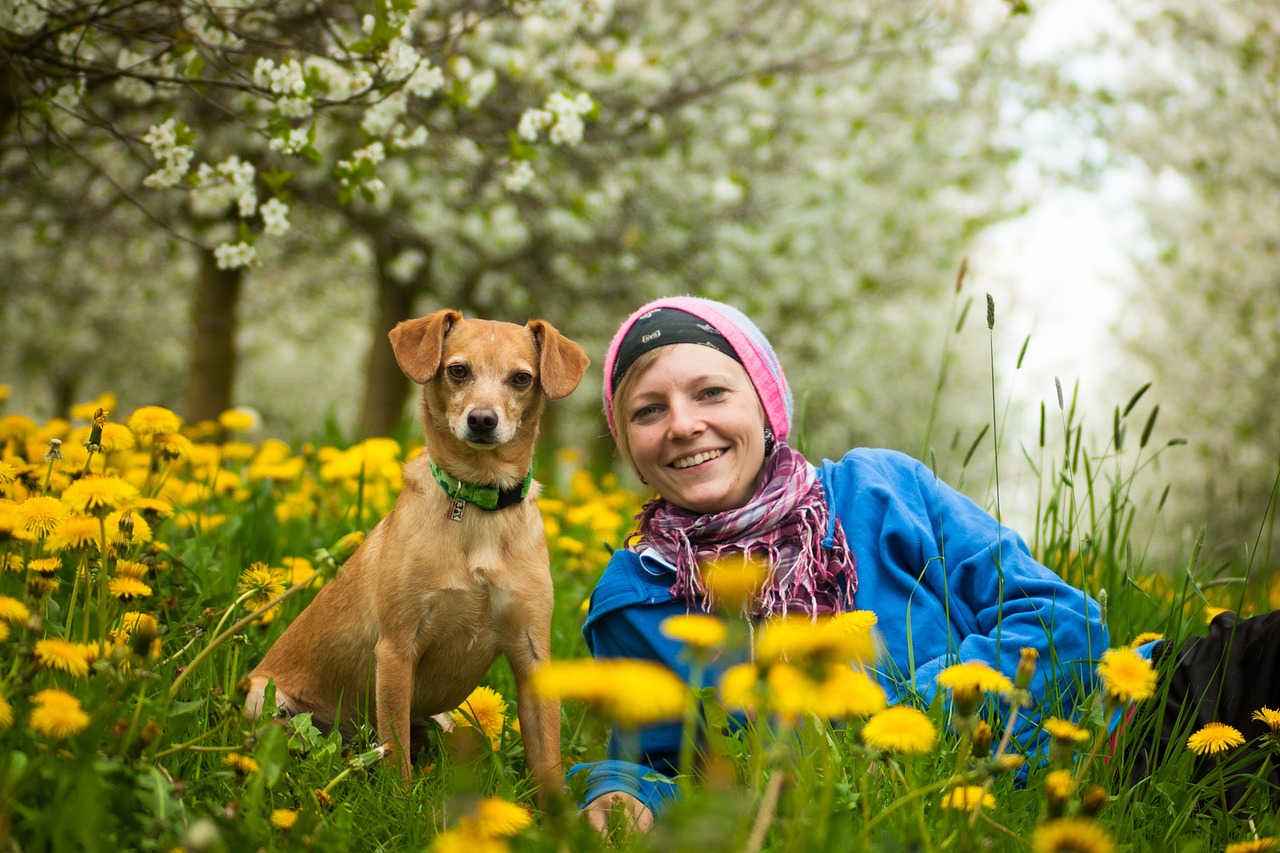
Muscle Groups
When it comes to drawing the human body, understanding is essential for achieving realism and dynamism in your artwork. Muscles not only give shape to the body but also dictate how it moves and poses. Think of muscles as the engine of a car; they are what makes the body function and perform various actions. Without a solid grasp of these muscle groups, your drawings may lack the vitality and authenticity that truly bring them to life.
Let’s break down some of the major muscle groups that every artist should be familiar with:
- Chest Muscles (Pectorals): These muscles are crucial for upper body strength and play a significant role in movements like pushing and lifting. They create a broad, strong appearance in the torso.
- Back Muscles (Latissimus Dorsi and Trapezius): The back muscles not only support posture but also influence how the arms and shoulders move. They are key for creating depth in your drawings.
- Arm Muscles (Biceps and Triceps): Understanding the biceps and triceps is vital for illustrating arm movements. These muscles work in opposition, allowing for a range of actions from lifting to throwing.
- Abdominal Muscles: Often referred to as the 'core,' these muscles are essential for balance and stability. They are crucial for poses that require twisting or bending.
- Leg Muscles (Quadriceps and Hamstrings): The legs are the foundation of the body. Understanding how these muscle groups work will help you depict strong stances and dynamic movements.
Each of these muscle groups contributes to the overall form of the body. For instance, when sketching a figure in motion, consider how the biceps flex and the triceps extend. This interplay creates a dynamic tension that can be captured in your drawings. Similarly, the pectorals swell as the arms are raised, adding volume and depth to the torso. It’s this intricate dance of muscles that gives your figures life and energy.
Additionally, it’s important to note that muscles are not just about size; their definition and placement matter too. Artists should pay attention to how muscles appear under different conditions—like tension or relaxation. For example, when a figure is lifting an object, the muscles will appear more pronounced, showcasing the effort involved. Conversely, in a relaxed pose, the muscles may appear softer and less defined.
To further enhance your understanding, consider studying anatomical references, such as diagrams or 3D models, which can provide insight into how muscles interact with each other and the skeleton. This knowledge will not only improve your drawing skills but also deepen your appreciation for the complexity of the human body.
In summary, mastering muscle groups is a cornerstone of figure drawing. By understanding how these muscles function and relate to one another, you can create more realistic and compelling representations of the human form. Remember, practice is key! The more you draw, the better you will understand the nuances of muscle dynamics.
Q: How can I improve my understanding of muscle groups for drawing?
A: One of the best ways to improve is to study anatomy books or online resources that focus on human anatomy for artists. Additionally, practicing gesture drawing can help you become more familiar with how muscles appear in various poses.
Q: Should I focus on only the major muscle groups?
A: While it’s important to understand the major muscle groups, don’t overlook the smaller muscles. They also play a role in how the body looks and moves, especially in detailed drawings.
Q: Are there specific exercises to help me draw muscles accurately?
A: Yes! Regular sketching from life, using anatomical references, and studying muscle diagrams can significantly enhance your ability to draw muscles accurately. Consider joining life drawing classes for hands-on experience.
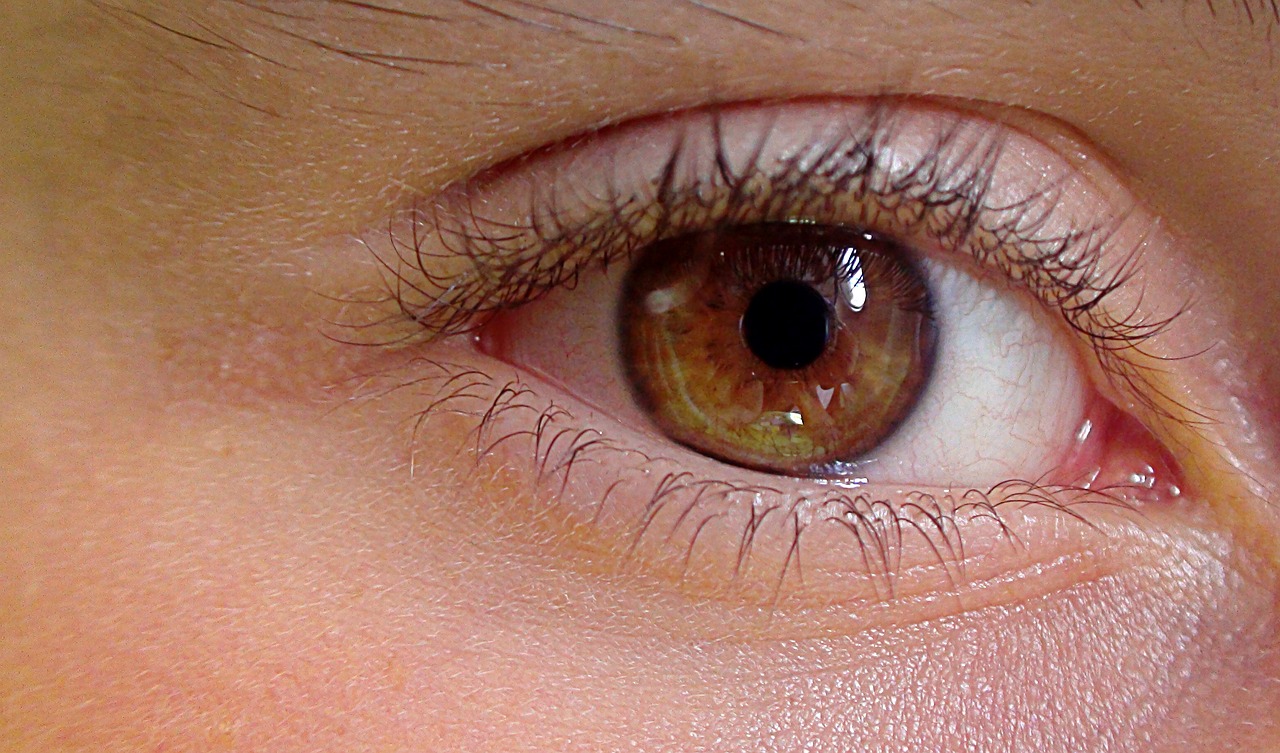
Surface Anatomy
Understanding is like peeling back the layers of an onion; it reveals the intricate details that lie beneath the skin. For artists, this knowledge is crucial as it allows them to create lifelike figures that resonate with realism. When you look at a human body, what you see on the surface is just the tip of the iceberg. Beneath the skin, muscles and bones shape the form, and recognizing these elements can significantly enhance your drawings.
To truly capture the essence of the human figure, artists must familiarize themselves with the key landmarks of surface anatomy. These landmarks are the visible indicators of underlying structures, and they can guide you in portraying muscle definition and skeletal features accurately. For instance, the clavicle serves as a prominent marker that helps in understanding shoulder positioning, while the iliac crest provides insight into the hip's orientation. By studying these surface features, you can create drawings that are not only accurate but also convey a sense of movement and life.
When drawing, it's essential to consider how muscles and bones interact with one another. The way a muscle bulges or a bone protrudes can indicate the tension and relaxation in a pose. For example, when the arm is raised, the biceps become more pronounced, while the triceps may recede. This dynamic interplay is what gives your figures a sense of realism and vitality. Additionally, understanding how skin folds and stretches over these structures can further enhance your depiction of the human form.
Here’s a quick reference table that illustrates some key surface anatomy landmarks:
| Landmark | Description | Function |
|---|---|---|
| Clavicle | Collarbone connecting arm to body | Indicates shoulder position |
| Scapula | Shoulder blade | Supports arm movement |
| Humerus | Upper arm bone | Allows for arm flexibility |
| Pelvis | Base of the spine | Supports upper body and connects to legs |
| Patella | Kneecap | Protects knee joint |
Incorporating surface anatomy into your practice is not just about memorizing these landmarks; it's about developing an eye for detail. When you observe a model or a live figure, try to visualize the muscles and bones beneath the skin. This mental exercise can help you translate what you see into your drawings more effectively. Remember, the goal is to create a connection between the surface and the underlying structure, making your art a true reflection of the human body.
As you delve deeper into the world of surface anatomy, consider practicing with different poses and angles. This will challenge your understanding and help you to see how the body changes with movement. The more you practice, the more intuitive your understanding will become, allowing you to create more dynamic and engaging figures in your artwork.
- What is surface anatomy? - Surface anatomy refers to the study of the external features of the body and how they relate to the underlying structures.
- Why is surface anatomy important for artists? - It helps artists understand the relationship between muscles and bones, enabling them to create more realistic and dynamic figures.
- How can I practice surface anatomy? - You can practice by sketching live models, studying anatomy books, and using reference images to identify key landmarks.
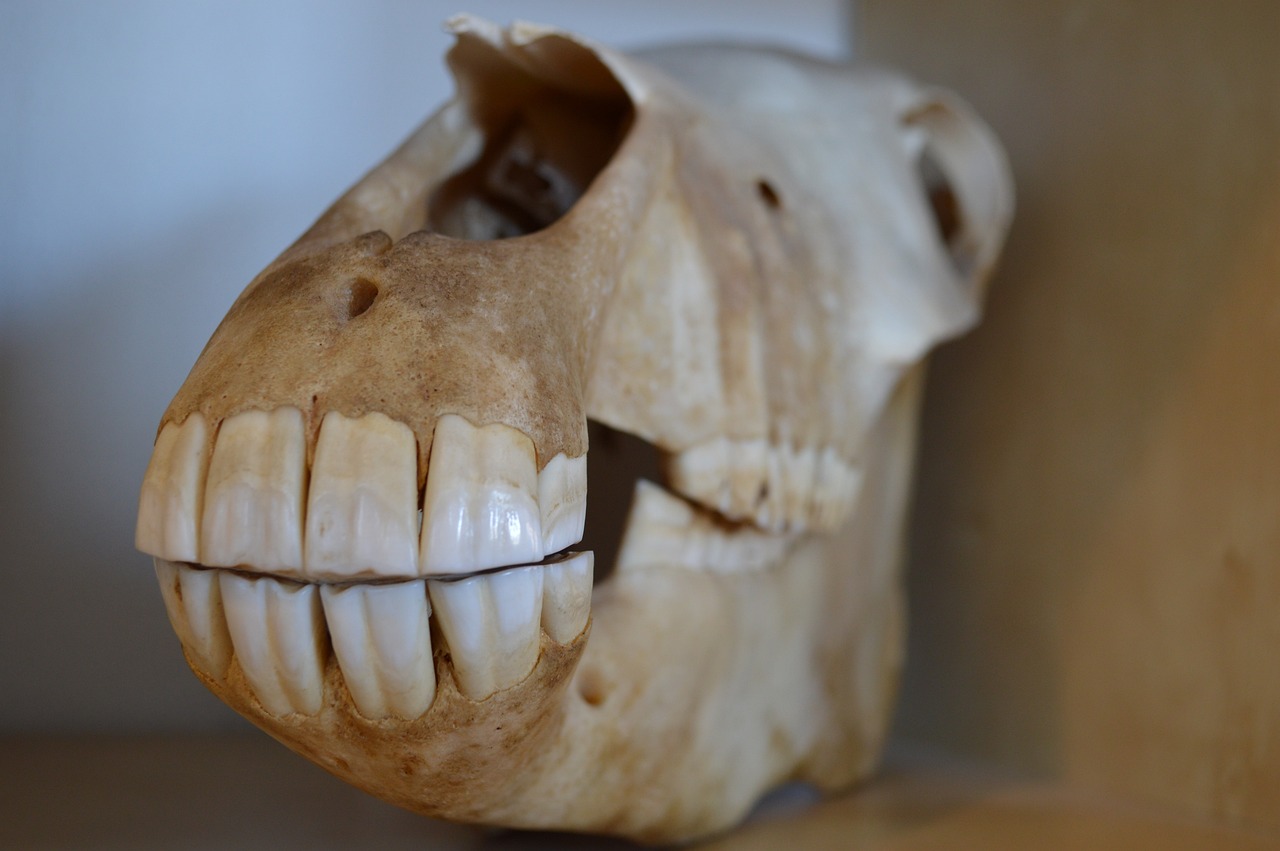
Joint Functionality
Understanding is crucial for artists who want to capture the essence of movement in their drawings. Joints are the connectors of our body, allowing for a range of motions that define how we pose and express ourselves. Think of joints as the hinges in a door; without them, the door cannot swing open or closed. Similarly, without a grasp on how joints operate, your drawings may lack the realism and dynamism that make them pop.
Each joint in the human body has a specific role and range of motion, and understanding these can dramatically improve your artwork. For instance, the shoulder joint is a ball-and-socket joint, allowing for a wide range of motion, while the elbow joint functions as a hinge joint, primarily allowing flexion and extension. By studying the different types of joints and their movements, you can create more lifelike figures.
Here’s a breakdown of some key joint types and their functionalities:
| Joint Type | Functionality | Example |
|---|---|---|
| Ball-and-Socket Joint | Allows rotational movement and a wide range of motion | Shoulder, Hip |
| Hinge Joint | Permits flexion and extension | Elbow, Knee |
| Pivot Joint | Allows for rotational movement around a single axis | Neck (atlantoaxial joint) |
| Gliding Joint | Facilitates sliding movements | Wrist, Ankle |
When drawing, consider how these joints interact with each other. For example, when the arm is raised, the shoulder joint allows for a wide range of motion, while the elbow joint must flex to accommodate that movement. This interplay creates a natural flow that can enhance the realism of your art.
Additionally, keep in mind that joints are not just functional; they also contribute to the overall character and emotion of your figures. The way a joint bends or twists can convey a sense of action, tension, or relaxation. For instance, a bent knee can suggest a crouching position, while an extended arm can indicate reaching or stretching. By paying attention to these subtle cues, you can breathe life into your drawings.
In conclusion, mastering joint functionality is essential for any artist looking to create dynamic and realistic representations of the human body. By understanding how joints work and interact, you can elevate your artwork to new heights, making your figures not just look good, but feel alive.
- What are the main types of joints in the human body?
There are several types of joints, including ball-and-socket joints, hinge joints, pivot joints, and gliding joints, each with unique functionalities. - How can I improve my understanding of joint functionality?
Studying anatomy books, observing real-life movements, and practicing gesture drawing can significantly enhance your understanding of how joints work. - Why is joint functionality important in drawing?
Understanding how joints function helps artists create more realistic and dynamic poses, making their artwork more engaging.
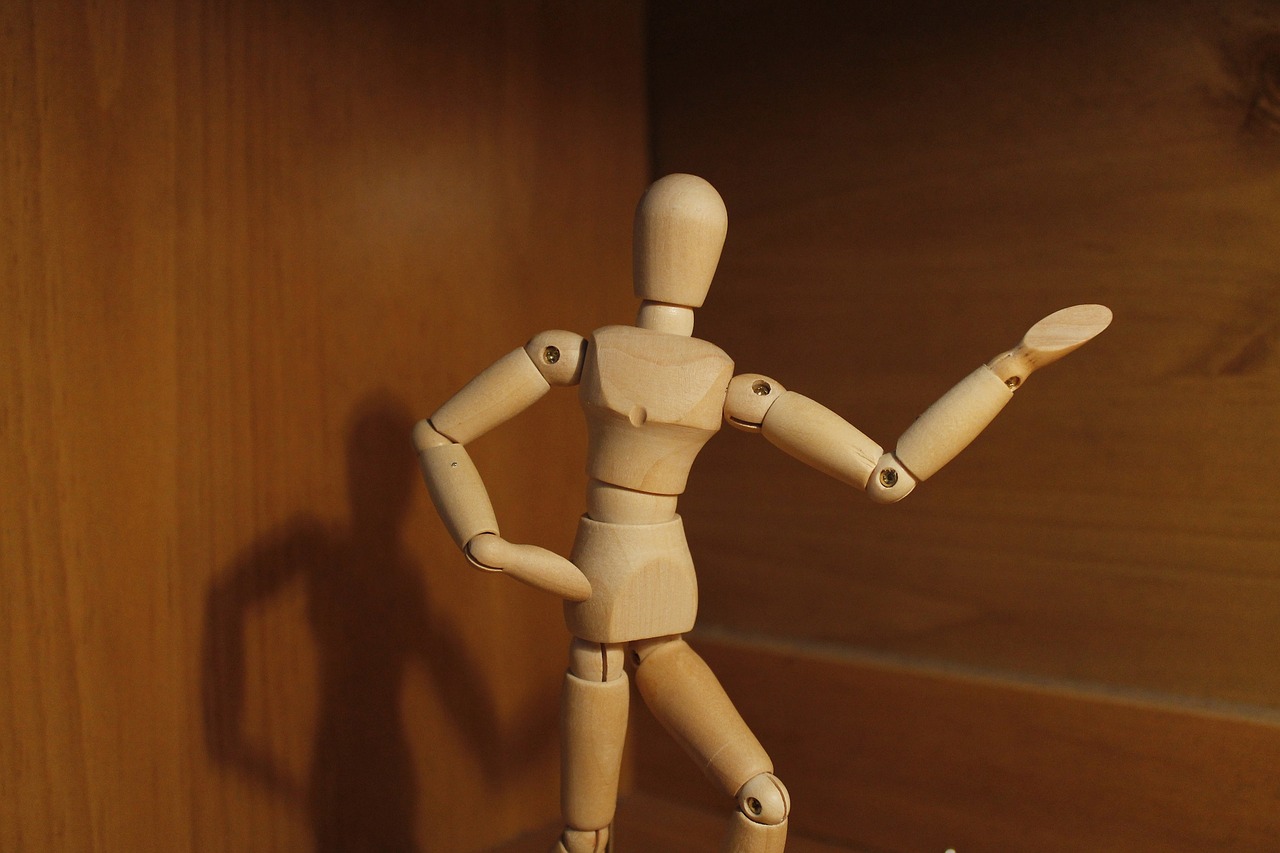
Sketching Techniques
When it comes to drawing the human body, mastering is like laying the foundation for a beautiful house. Without a solid base, even the most intricate details can crumble. So, let’s dive into the world of sketching, where speed meets accuracy, and creativity knows no bounds. One of the most effective ways to enhance your skills is through gesture drawing, which focuses on capturing the essence of a pose in just a few lines. Imagine trying to catch a fleeting moment, like a dancer mid-leap; that’s the energy you want to convey in your sketches!
Another essential technique is to utilize contour drawing. This method emphasizes the outline of the subject, helping you to understand the shape and form of the human body. Picture tracing the silhouette of a friend standing against a bright backdrop; you’d capture their outline and the essence of their pose in a single, flowing line. This technique not only improves your hand-eye coordination but also aids in visualizing the structure of the body.
Furthermore, blocking in shapes is a fantastic way to simplify the complexities of human anatomy. Start by breaking down the body into basic geometric shapes—spheres for the head, cylinders for limbs, and boxes for the torso. This method allows you to focus on proportions and relationships between different body parts before diving into details. It’s like assembling a puzzle; once you have the borders set, filling in the pieces becomes much easier.
For those looking to add depth and dimension to their sketches, hatching and cross-hatching techniques come into play. These shading methods involve drawing closely spaced parallel lines to create shadows and highlights, giving your figures a three-dimensional feel. Think of it as painting with lines instead of colors; the more lines you add, the more depth you achieve. Combine these techniques with a keen observation of light sources, and you’ll be able to create lifelike figures that jump off the page!
Lastly, don’t forget the importance of practice and experimentation. Set aside time each day to sketch, whether it’s from a live model, photographs, or even your imagination. The more you draw, the more your skills will evolve. Remember, even the greatest artists started with a simple line. Embrace your mistakes; they are stepping stones to mastery.
To summarize, here are key sketching techniques that can elevate your drawing skills:
- Gesture Drawing
- Contour Drawing
- Blocking in Shapes
- Hatching and Cross-Hatching
- Regular Practice
By incorporating these techniques into your routine, you’ll not only enhance your ability to draw the human body but also unlock a new level of creativity that allows your artistic voice to shine through. So grab your sketchbook, and let the magic of sketching begin!
Q: How often should I practice sketching?
A: It’s ideal to practice daily, even if it’s just for 15-30 minutes. Consistency helps build muscle memory and improves your skills over time.
Q: What materials do I need to start sketching?
A: You can start with basic materials like a sketchbook and a pencil. As you progress, you might want to explore different types of pencils, charcoal, and even digital tools.
Q: Can I use photographs for reference?
A: Absolutely! Using photographs is a great way to practice. Just ensure you’re studying the anatomy and proportions accurately.
Q: What if I make mistakes while sketching?
A: Mistakes are part of the learning process. Use them to understand where you can improve and don’t be afraid to experiment!

Pose Dynamics
When it comes to drawing the human body, capturing dynamic poses is where the magic happens! Think about it: have you ever seen a dancer mid-leap or an athlete in full sprint? Those moments are bursting with energy and life, and as artists, it's our job to translate that energy onto paper. Understanding pose dynamics is crucial because it allows us to convey movement and emotion in our drawings, making them more engaging and realistic.
To truly master pose dynamics, we must first grasp the principles of movement and balance. Every pose has a center of gravity, and understanding this helps us depict how a figure interacts with its environment. For example, when an individual leans forward, their weight shifts, which can create a sense of tension and anticipation. Similarly, a relaxed pose can communicate calmness and ease. By paying attention to these subtleties, we can breathe life into our drawings.
One effective way to practice this is through gesture drawing. This technique involves making quick sketches that capture the essence of a pose without getting bogged down in details. The goal is to focus on the overall shape and movement rather than perfecting proportions. Aim to complete each gesture drawing in a matter of minutes—this will train your eye to see the flow of the body and the relationship between different parts. Over time, you'll find that your ability to depict dynamic poses improves dramatically.
Another fascinating aspect of pose dynamics is foreshortening. This technique creates the illusion of depth by adjusting the proportions of body parts based on their position relative to the viewer. For instance, if an arm is stretched toward the viewer, it appears larger than the rest of the body. Mastering foreshortening can add a whole new dimension to your drawings, making them feel more realistic and immersive. Here’s a quick breakdown of how to apply this technique:
| Step | Description |
|---|---|
| 1 | Identify the focal point of your drawing. |
| 2 | Decide which body parts will be foreshortened. |
| 3 | Sketch the larger parts first, gradually adding smaller details. |
| 4 | Adjust proportions to enhance the illusion of depth. |
In addition to gesture drawing and foreshortening, it’s also essential to analyze real-life references. Observing how people move in different situations can provide invaluable insights into pose dynamics. Consider visiting a local park or sports event, or even browsing through online resources that feature various poses. Take note of how the body shifts, bends, and reacts to different movements. This practice will not only enhance your understanding but also sharpen your observational skills.
Lastly, don't forget about the impact of emotion on pose dynamics. A figure can convey a wide range of feelings through posture alone. For instance, a hunched back might suggest sadness or defeat, while an upright stance can exude confidence and power. By integrating emotional expression into your understanding of pose dynamics, you’ll create drawings that resonate with viewers on a deeper level.
- What is the best way to practice dynamic poses? Start with quick gesture drawings and gradually incorporate more complex movements. Observing real-life references can also be incredibly helpful.
- How can I improve my foreshortening technique? Focus on understanding perspective and practice sketching objects or figures from different angles to build your skills.
- Why is understanding pose dynamics important? It allows artists to create more lifelike and engaging figures, enhancing the overall impact of their artwork.
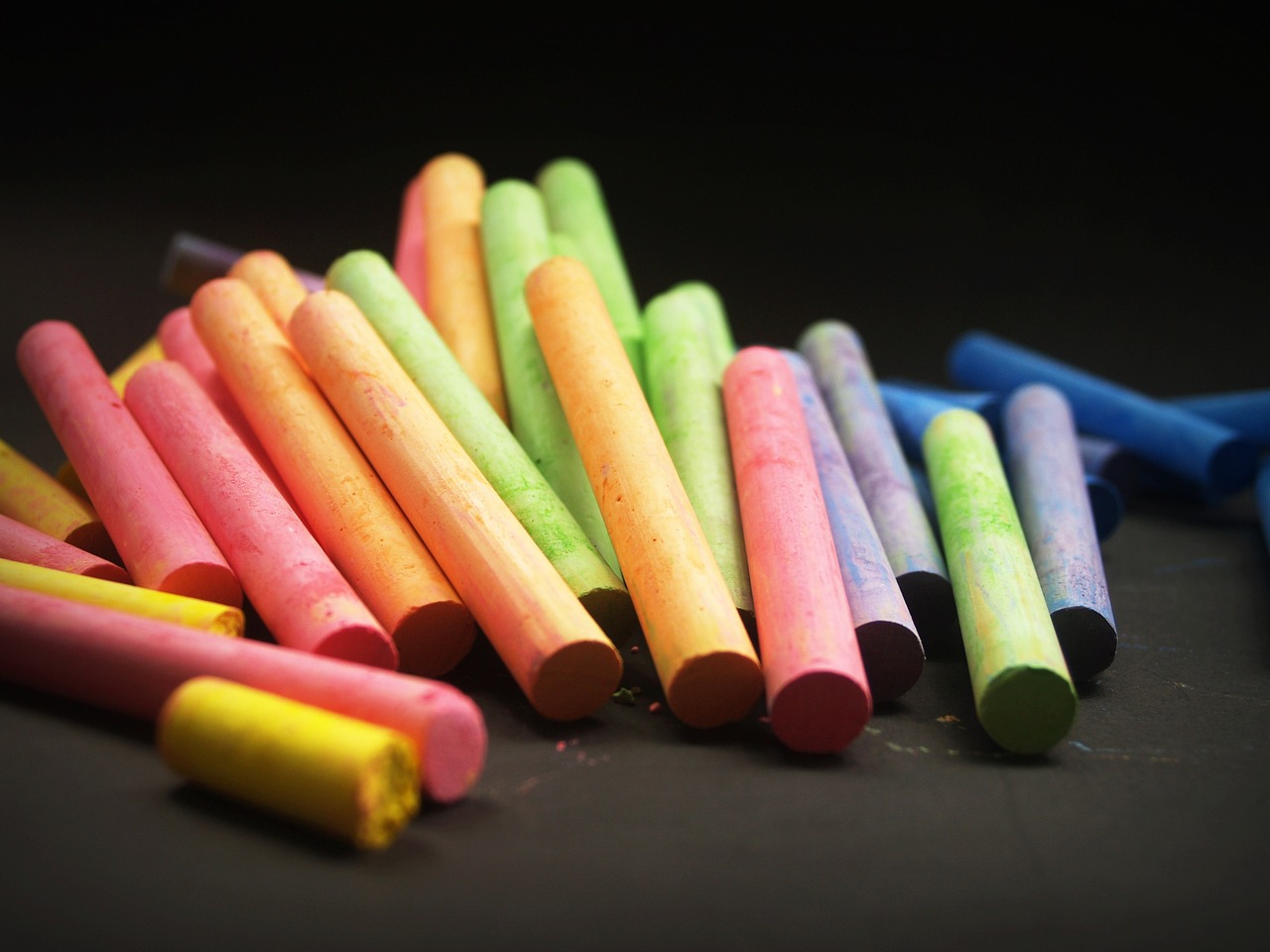
Gesture Drawing
Gesture drawing is a fundamental practice for artists aiming to capture the essence of the human figure in motion. It’s all about quickly sketching poses that convey movement, emotion, and energy. Imagine trying to catch a fleeting moment, like a dancer mid-leap or a runner in full stride; that’s the magic of gesture drawing. It allows you to express the dynamic nature of the human body without getting bogged down in details.
One of the key aspects of gesture drawing is the time constraint. Artists often set a timer, ranging from 30 seconds to a few minutes, to force themselves to focus on the overall movement rather than intricate details. This approach encourages spontaneity and helps develop your observational skills. The goal isn’t to create a perfect representation but to capture the spirit of the pose. Think of it as a warm-up exercise for your artistic muscles!
During a gesture drawing session, you might want to consider the following techniques:
- Line of Action: Start with a flowing line that represents the main action of the pose. This line acts as the backbone of your drawing, guiding the viewer's eye and establishing movement.
- Shapes and Forms: Break down the body into basic shapes. For example, use ovals for the torso and circles for joints. This simplification helps in understanding the structure before diving into details.
- Fluidity: Keep your hand loose and your lines flowing. Embrace the imperfections; they add character to your sketches and reflect the energy of the pose.
As you practice gesture drawing, you’ll notice improvements in your ability to depict movement and emotion in your artwork. It’s like learning to dance with your pencil—every stroke brings you closer to mastering the rhythm of the human form.
Incorporating gesture drawing into your routine not only enhances your skills but also boosts your confidence. You’ll find yourself more comfortable with the human figure, making it easier to tackle more complex poses later on. So grab your sketchbook, set a timer, and let your creativity flow!
Q: How long should I spend on each gesture drawing?
A: It varies, but typically, you can start with 30 seconds to 2 minutes per pose. As you gain confidence, you can extend the time for more detailed sketches.
Q: What materials do I need for gesture drawing?
A: All you need is a sketchbook and a pencil or charcoal. Some artists prefer using ink or markers for a bolder look, but the key is to choose materials that allow for quick and expressive lines.
Q: Can gesture drawing be done from photographs?
A: While it’s best to practice from live models to capture real movement, you can also use photographs. Just remember to focus on the action and fluidity of the pose rather than getting caught up in details.
Q: How often should I practice gesture drawing?
A: Aim for at least a few sessions each week. Consistency is key! The more you practice, the more natural it will become to capture the essence of movement.
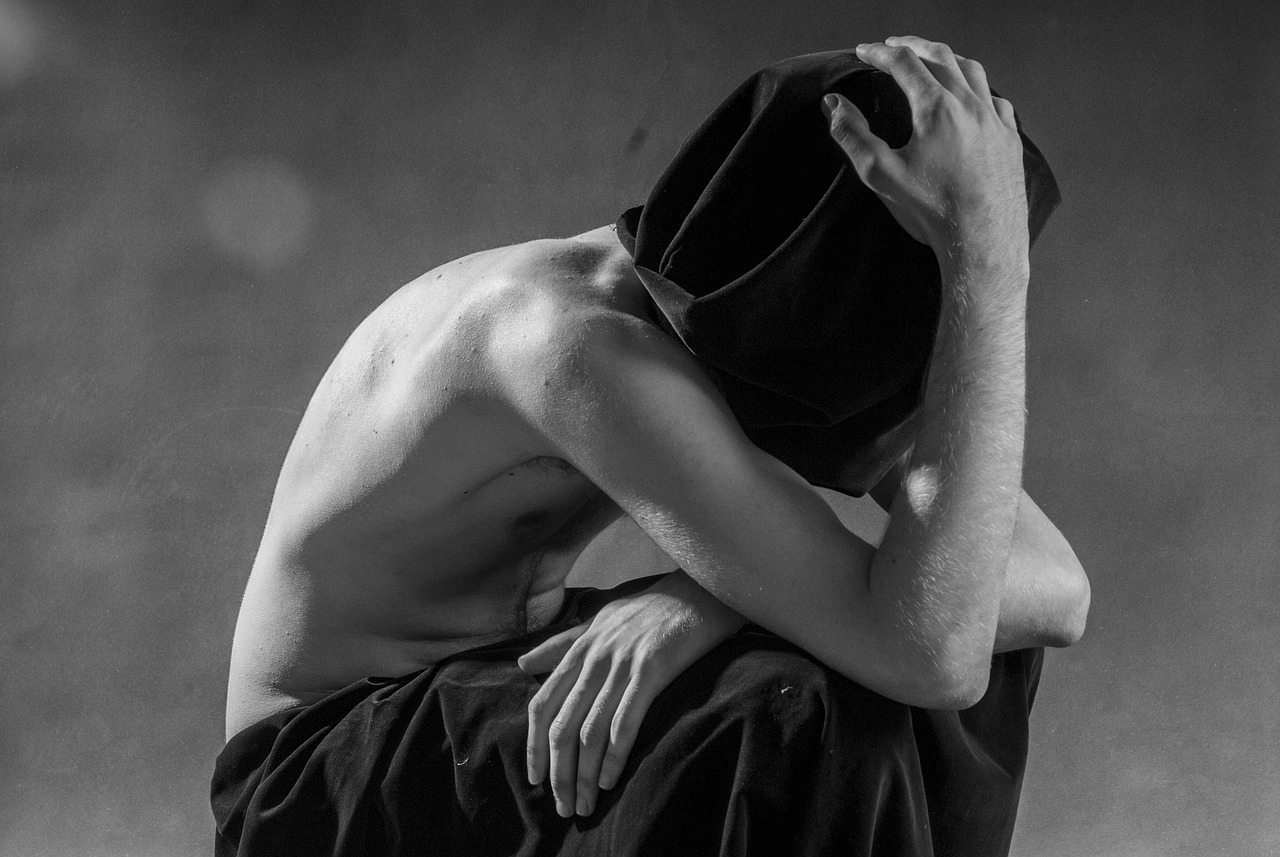
Foreshortening
Foreshortening is one of those magical techniques that can transform a flat drawing into a three-dimensional marvel. It’s like giving your artwork a dose of realism that makes it leap off the page! Imagine looking at a person whose arm is reaching towards you; the way that arm appears shorter than it actually is creates an illusion of depth. This principle is all about perspective and how our eyes perceive objects in space.
To master foreshortening, you need to understand how to manipulate proportions. When an object is closer to the viewer, it appears larger, while parts that are further away seem smaller. This can be tricky, especially when drawing limbs or other elongated features. For instance, if you’re sketching a figure stretching out an arm, the hand will appear larger and more pronounced than the elbow or shoulder. It’s all about creating that sense of depth, making your figures look more dynamic and alive.
Let’s break down some essential tips to effectively incorporate foreshortening into your drawings:
- Study Real Life: Observe how objects change in size and shape based on their distance from you. Try drawing a friend with their arm extended towards you to practice this technique.
- Use Reference Images: Look for photographs that showcase foreshortened perspectives. Analyze how the proportions shift and apply these insights to your sketches.
- Practice with Simple Shapes: Before tackling complex figures, start with basic shapes. Draw a cylinder or a box from different angles to grasp how foreshortening works.
- Draw Over Your Sketches: Sometimes, it helps to create a rough outline first, then refine your drawing by adjusting the proportions to enhance the illusion of depth.
As you practice foreshortening, remember that it’s not just about making things look smaller; it’s about conveying movement and energy. Think of it as a dance between the viewer and the subject. When done right, foreshortening can add a dramatic flair to your artwork, making it feel more engaging and alive. Don’t shy away from experimenting with different poses and angles; the more you play around with this technique, the more natural it will become.
In conclusion, foreshortening is a powerful tool in the artist's arsenal. It challenges you to see the world differently and translate that vision onto paper. So grab your sketchbook, find a dynamic pose, and let the magic of foreshortening enhance your artistic journey!
As you delve deeper into the art of foreshortening, you might have some questions. Here are a few common queries that can help clarify this fascinating technique:
- What is foreshortening in art? Foreshortening is a technique used to create the illusion of an object receding strongly into the background or coming forward. It involves altering the proportions of the object to convey depth.
- How do I practice foreshortening? Start with simple shapes and gradually move to more complex forms. Use real-life references and photographs to understand how objects appear from different angles.
- Can foreshortening be used in digital art? Absolutely! The principles of foreshortening apply to both traditional and digital mediums. Use the same techniques to create depth in your digital illustrations.
- Why is foreshortening important? It adds realism and dynamism to your artwork, making it more engaging for viewers. It helps convey movement and perspective effectively.
Frequently Asked Questions
- What are the basic proportions to keep in mind when drawing the human body?
Understanding proportions is key to creating realistic human figures. Generally, an adult human is about 7.5 to 8 heads tall. The width of the shoulders is approximately 2 to 3 heads wide. These basic measurements help you establish a solid foundation for your drawings.
- How can I improve my understanding of human anatomy for drawing?
To enhance your knowledge of human anatomy, consider studying books or resources focused on anatomy for artists. Pay attention to the skeletal and muscular systems, as they significantly influence how the body looks and moves. Observing real-life models or using anatomy references can also be incredibly beneficial.
- What are the major muscle groups I should focus on?
Focusing on major muscle groups like the biceps, triceps, quadriceps, and deltoids can significantly improve the realism of your drawings. Understanding where these muscles are located and how they function will allow you to depict dynamic poses more effectively.
- What is surface anatomy and why is it important?
Surface anatomy refers to the visible features of the body that result from underlying muscles and bones. Recognizing these features helps artists create more lifelike figures. By understanding how muscles and bones appear beneath the skin, you can add depth and realism to your artwork.
- How do joints affect movement in drawing?
Joints play a crucial role in body movement. Each joint allows for specific types of motion, which influences the overall pose of the figure. By studying how joints work, you can better capture dynamic poses and create more engaging illustrations.
- What are some effective sketching techniques for capturing the human figure?
Some effective sketching techniques include gesture drawing, which focuses on capturing the essence of a pose quickly, and using simple shapes to block out the figure before adding details. These methods help you create a solid foundation for more detailed work.
- What is gesture drawing and how can I practice it?
Gesture drawing is all about capturing the fluidity of movement in quick sketches. To practice, set a timer for one to five minutes and draw poses from a reference. This exercise helps you focus on the overall movement rather than getting bogged down in details.
- How does foreshortening enhance my drawings?
Foreshortening is a technique that creates the illusion of depth by depicting an object or figure as closer than it is. By applying foreshortening correctly, you can enhance the perspective in your drawings, making them more dynamic and visually engaging.



















